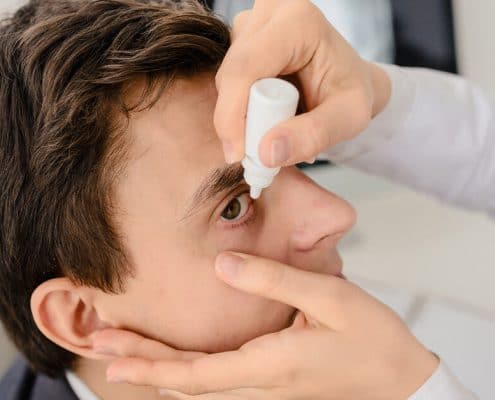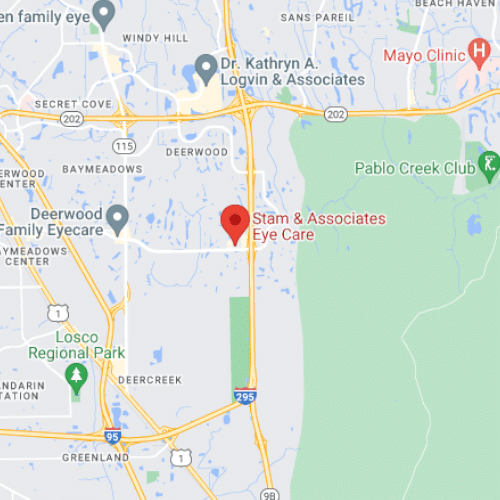Dry Eye Disease

The American Academy of Ophthalmology (AAO) estimates that 20 million Americans and 344 people around the world have dry eye disease, also known as dysfunctional tear syndrome. According to the AAO, dry eye disease often goes undiagnosed or eye doctors do not diagnose it correctly. The result is that millions of people currently have this condition and do not know it or are not receiving the proper diagnosis for it.
Understanding the Three Layers of Tears
This common eye disorder affects the three layers of tear film present in each eye. These layers include fats and oils, mucus, and a dilute saltwater solution. You will notice at least one of the following if you have dry eye disease:
- Excessive tear evaporation
- Inadequate production of tears, also known as keratoconjunctivitis
- Non-retention of tears
Dry eye disease in Jacksonville, Florida occurs due to a problem with at least one of the three layers normally present in tears. The conjunctiva is the clear membrane that lines each eye, and it is responsible for producing mucus. Your eye’s mucus assists the middle watery layer of tear ducts with spreading liquid evenly across each eyeball.
The middle watery layer of your eyes, known as the aqueous, contains a dilute salty solution that keeps your eyes continually moist and comfortable. Another important function of the aqueous is to flush out foreign objects, dust, and debris before they can infiltrate your eye. This layer is the one that produces tears when you cry or are experiencing eye irritation.
The outer oily layer of tears prevents water from evaporating from your eyes in between blinks. This layer sits on the outer eyelid, and the glands within the eye structure produce its oil-like substance.
Recognizing Dry Eye Disease
Here are the most common symptoms associated with dry eye disease:
- A dry, scratchy, itchy, gritty, or filmy sensation in the eyes
- Blurry vision
- Crusty material on your eyelids
- Feeling like you have sand in your eyes
- Inability to wear contact lenses
- Light sensitivity or intolerance
- Producing excess tears
- Redness in the eyes
You may notice that your symptoms seem worse in dry or windy conditions, when you have spent many hours reading or using the computer, or later in the day.
Treatment for Dry Eye Disease in Jacksonville, Florida
You may be able to reduce your symptoms at home by spending less time in front of screens, using a home humidifier, placing an air filter in your HVAC system, and ensuring that you always wear sunglasses outside. When you have tried everything and still have dry eyes, you could benefit from an eye exam and possibly receiving a prescription for professional-grade eye drops.

